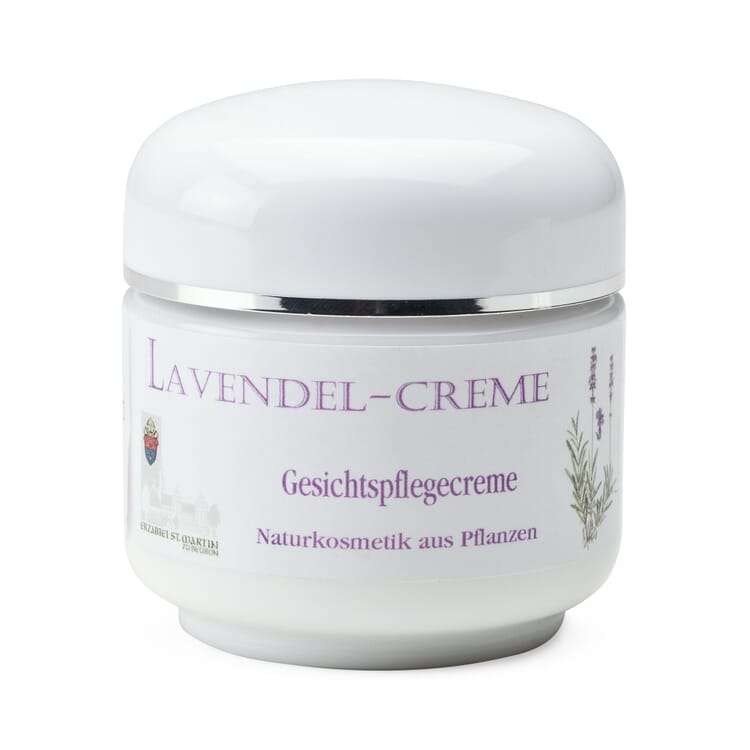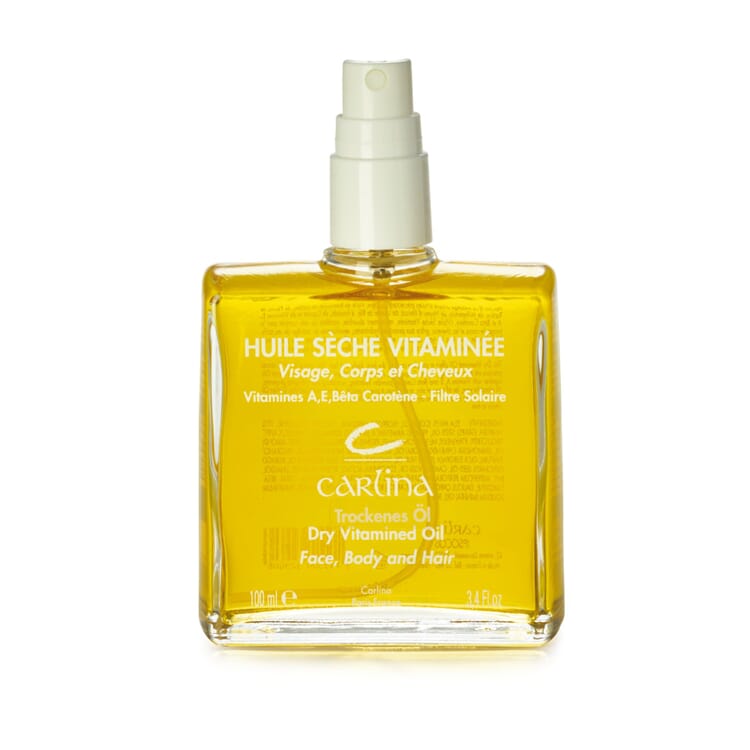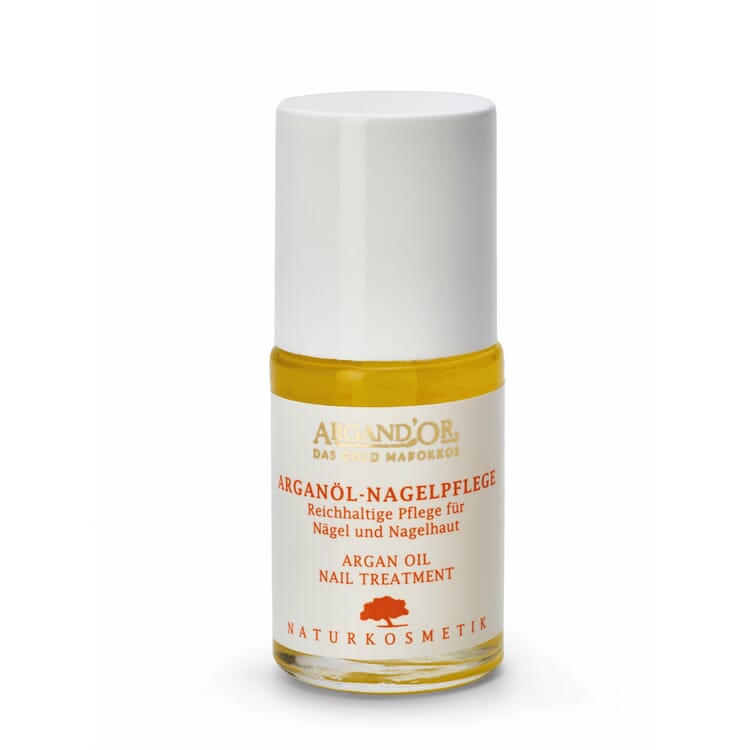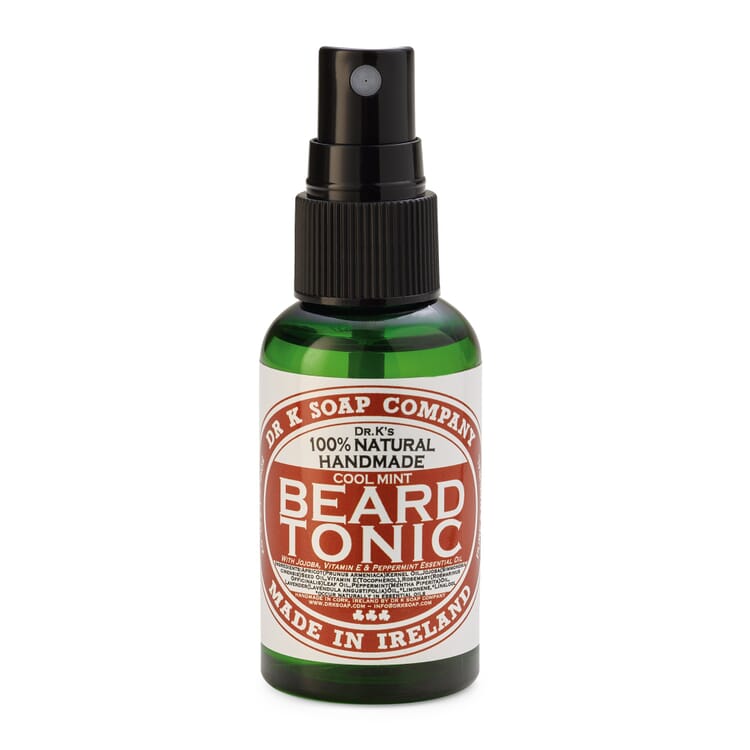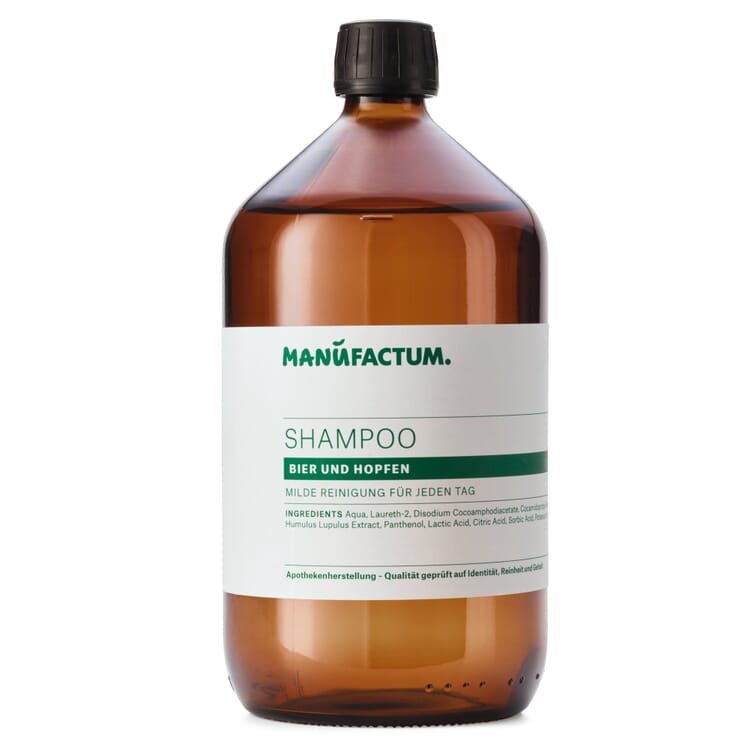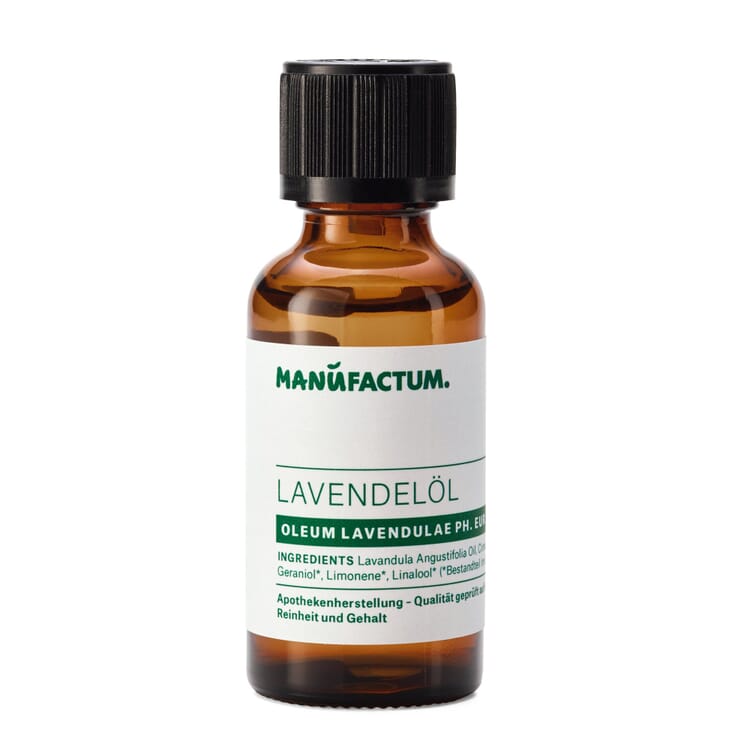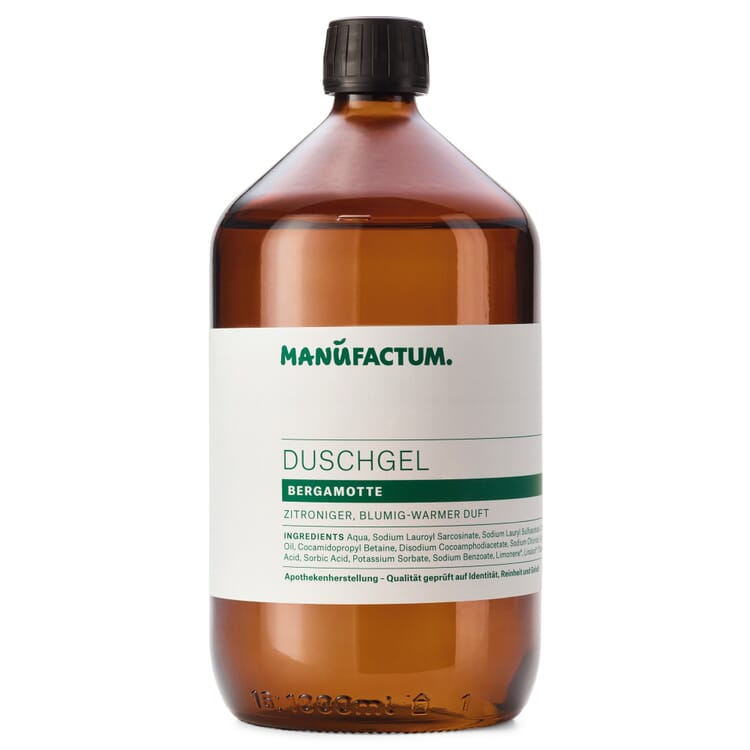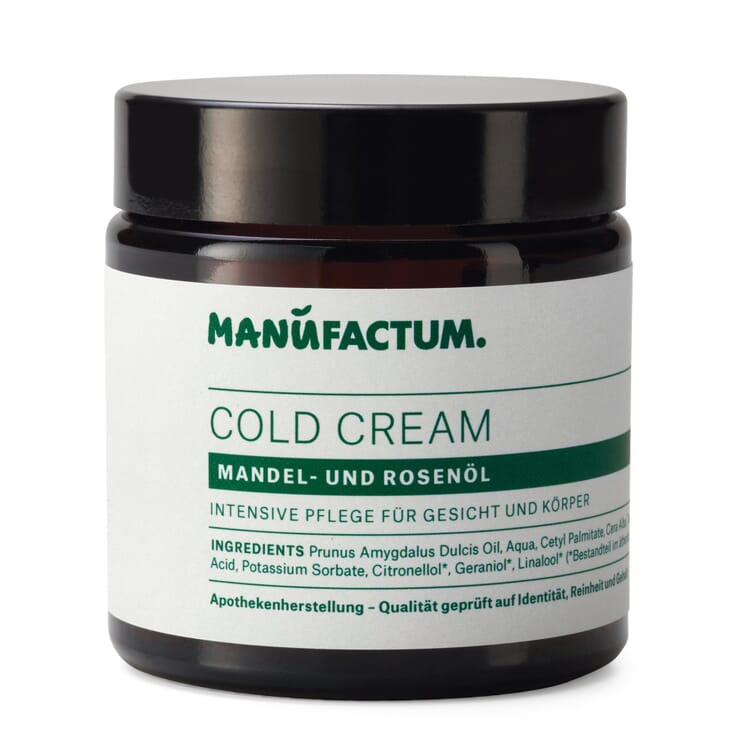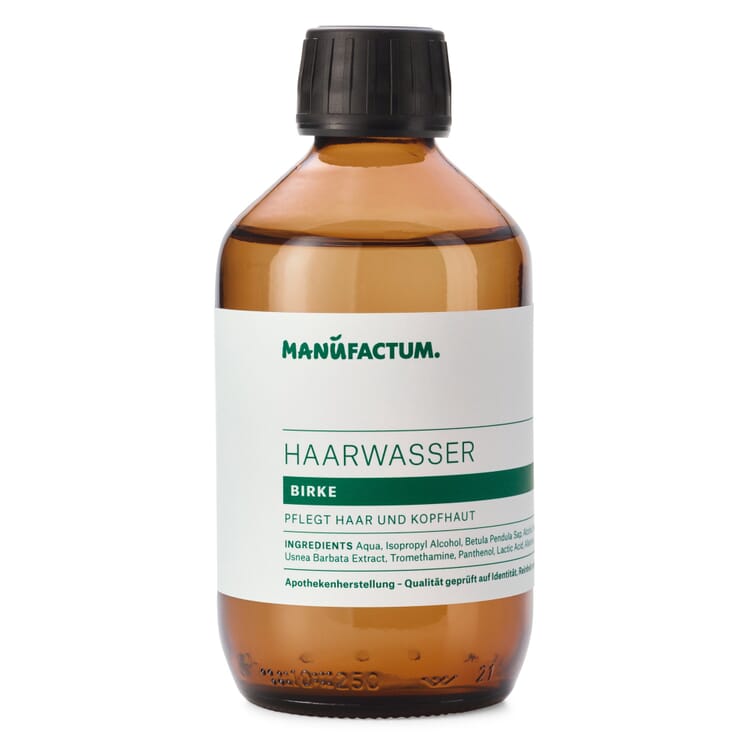- Aloe vera
- Apricot
- Argan tree
- Arnica
- Avocado
- Bay rum tree
- Bergamot orange
- Birch
- Carnauba Palm
- German Chamomile
- Bay laurel
- Common Sage
- Eucalyptus
- Fennel
- Norway spruce
- Clove tree
- Common Nettle
- Hops
- Magnolia
- Iceland moss
- Jojoba
- Coffee tree
- Cacao tree
- Camphor tree
- Shea tree
- Mountain pine
- Lavender
- Macadamia
- Almond Tree
- Lemon balm
- Myrrh
- Olive tree
- Orange tree
- Peppermint
- Calendula
- Rose
- Horse chestnut
- Soybean
- Tea tree
- Black cohosh
- Witch hazel
- Rowanberry
- Castor oil plant
- Lemon
Medicinal plants A|B|C
Apricot (Prunus armeniaca)

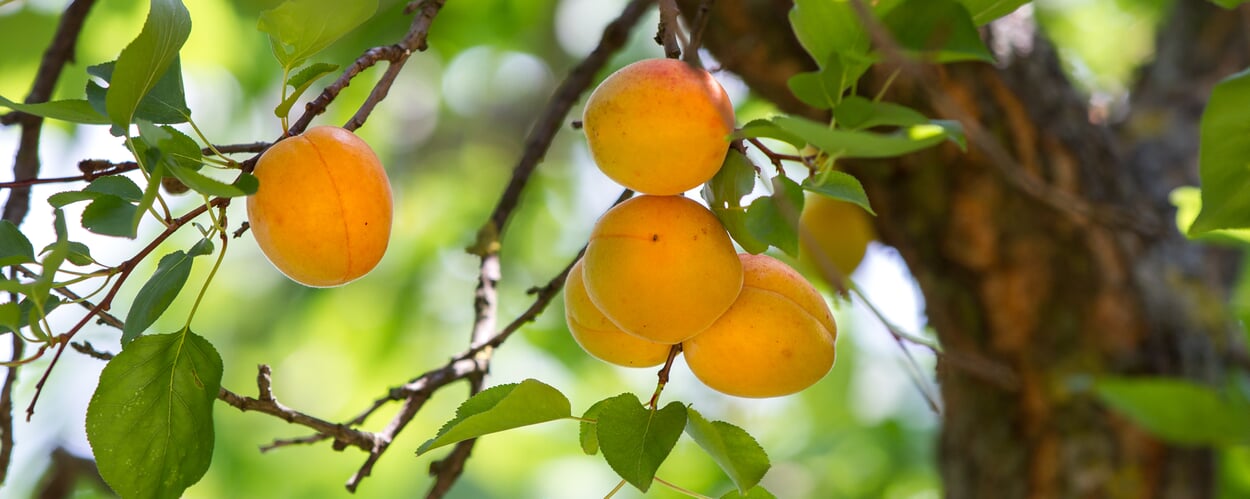
The apricot (Prunus armeniaca), also called apricot in Austria and Bavaria, grows in tree or shrub form. The yellow to orange fruits have a smooth, almost hairless surface. If the wrinkled stone of the apricot, which is pointed on one side, is cracked, the seed ("kernel") inside is revealed. It is about the size of a thumbnail and contains a lot of oil. As with almonds, there is a bitter and a sweet form. Valuable apricot kernel oil is obtained from both varieties.
Origin and cultivation
The natural home of the apricot is in northeastern China, already 3,000 years ago it was cultivated in Armenia and India, among other places. With the campaigns of Alexander the Great, the apricot is said to have reached the Mediterranean, where it conquered the Roman cuisine. The apricot tree likes it very warm and tolerates drought, at the same time it is insensitive to winter cold. Apricots from growing areas such as Turkey and Hungary usually belong to the sweet variety and are intended for cooking. Apricot kernel oil for cosmetic applications, on the other hand, comes from wild apricots with bitter kernels.
Ingredients
In terms of fragrance and composition, apricot kernel oil is similar to almond oil, vitamins E and B make it particularly high quality. Essential unsaturated fatty acids are present in high concentration, they nourish and repair damaged skin and make it velvety soft. Like all stone fruit seeds - cherries, almonds, peaches, etc. - apricot kernels contain the substance amygdalin (vitamin B17). It can release prussic acid and is responsible for the bitter almond aroma. The sweet variety contains little amygdalin, while the bitter apricot kernels contain even more amygdalin than bitter almonds.
Products with apricot kernel oil
Use of apricot kernel oil

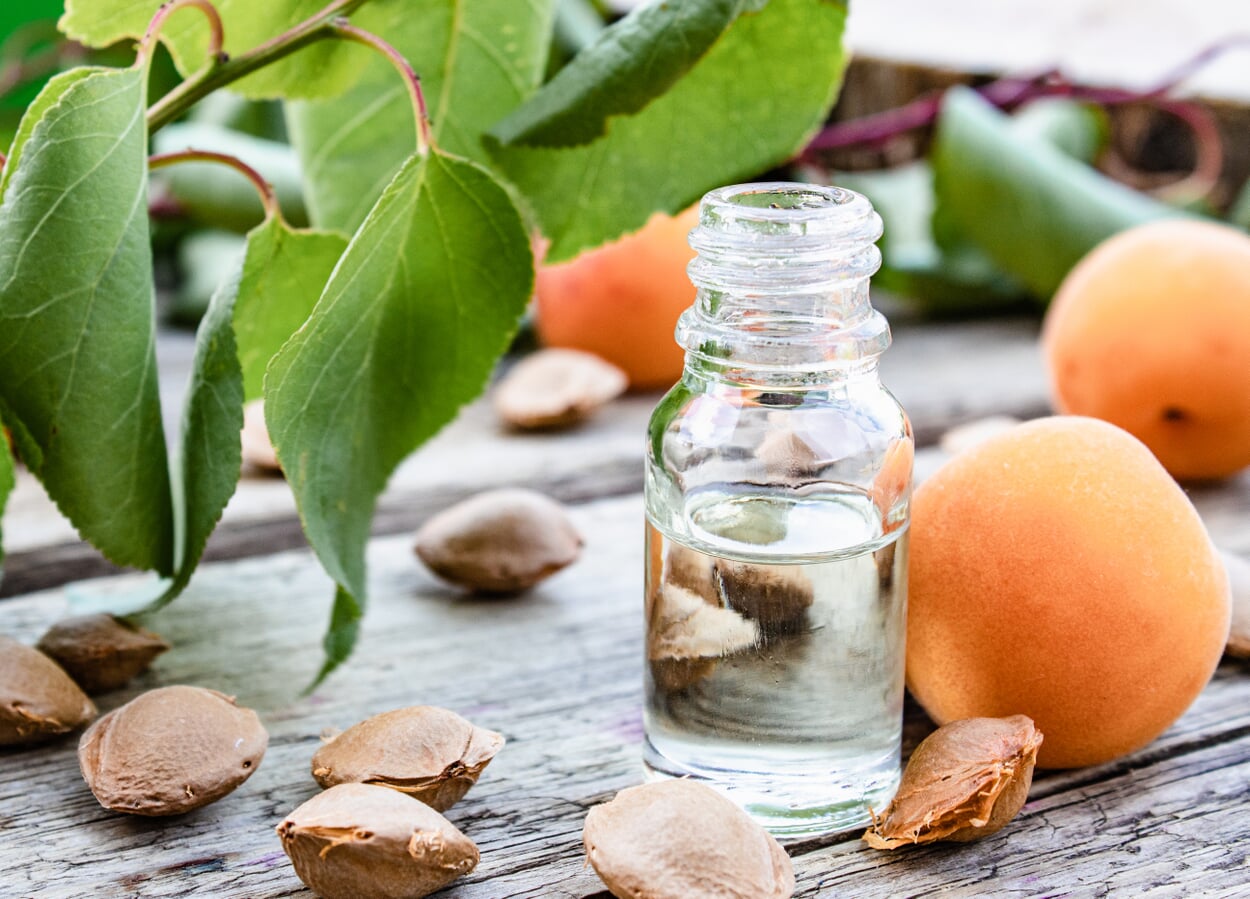
- In cosmetics, oil from bitter apricot kernels is used, from which undesirable accompanying substances, such as amygdalin, have been removed by refining. Applied externally, apricot kernel oil supports the moisture balance of the skin and helps to soothe it in case of sunburn
- Because it is very light and also does not "creep", apricot kernel oil is suitable for the care of the skin around the eyes
- In cooking, the unrefined oil from sweet apricot kernels is used, which is naturally low in amygdalin and has an intense aroma. Apricot kernel oil is not suitable for baking and frying, as it begins to smoke even at relatively low temperatures.
Even though bitter apricot kernels are supposed to work wonders - please note that the same applies to them as to bitter almonds: The German Federal Institute for Risk Assessment (BfR) advises adult consumers not to eat more than two bitter apricot kernels per day due to the high amygdalin content. Sweet apricot kernels, on the other hand, are safe.
Exclusive Manufactum body care products
Recommended Topics


Aloe vera (Aloe barbadensis) belongs to the asphodel family, so it is more closely related to torch lilies and steppe candles than to agaves. Its toothed leaves, up to 90 centimeters long, stand in rosettes and are fleshy thickened. In the flowering season, a branched flower stalk up to three meters high grows up from the gray-green rosette, densely covered at its ends with yellow or red individual flowers, depending on the variety.
View more
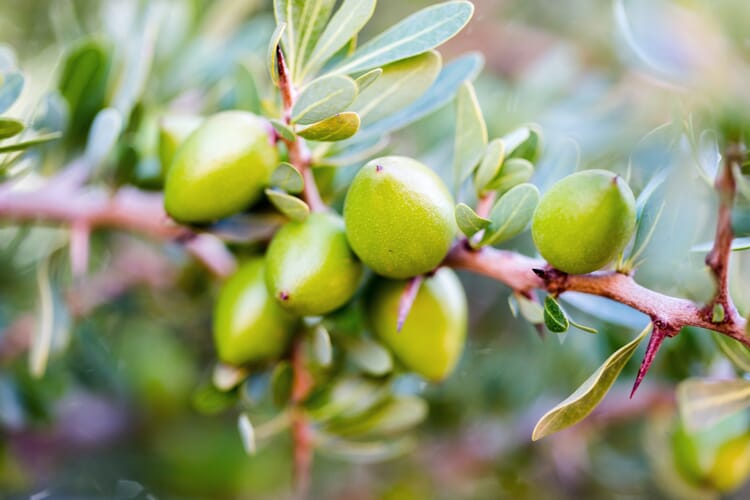
The widely spreading branches of the argan tree, which grows up to twelve meters high and is native to the semi-desert, provide shade for humans and animals. Every two years, and only when there is no dry spell, the argan tree produces yellowish fruits. They are barely the size of a plum and have a bitter pulp that is inedible to humans. An extremely hard shell encloses the fruit core and protects the two to three seeds inside, from which the precious argan oil is extracted.
View more
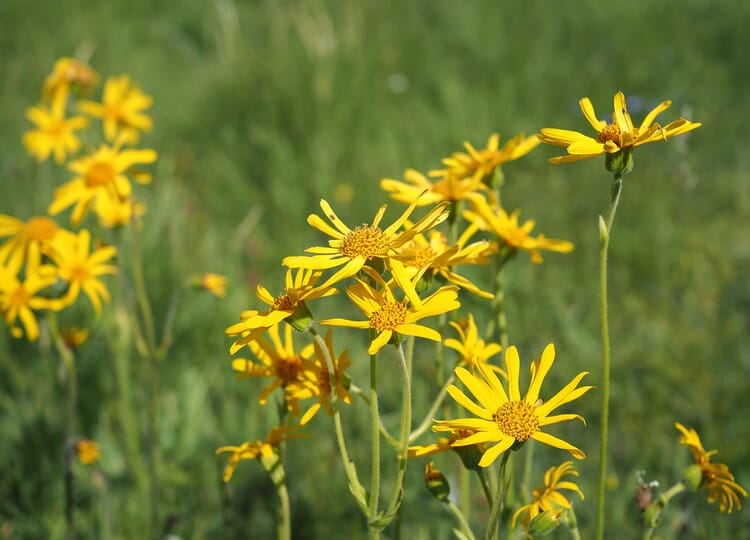
The sunny yellow, almost palm-sized flowers of arnica appear from June to August and have the typical structure of a composite flower. The whole plant has glandular hairs and smells aromatic. Originally it was at home everywhere in Europe, Central Asia and North America on nutrient-poor (mountain) meadows and boggy sites. But because there are hardly any unfertilized areas left and arnica was intensively collected for centuries because of its healing power, it has become very rare.
View more


